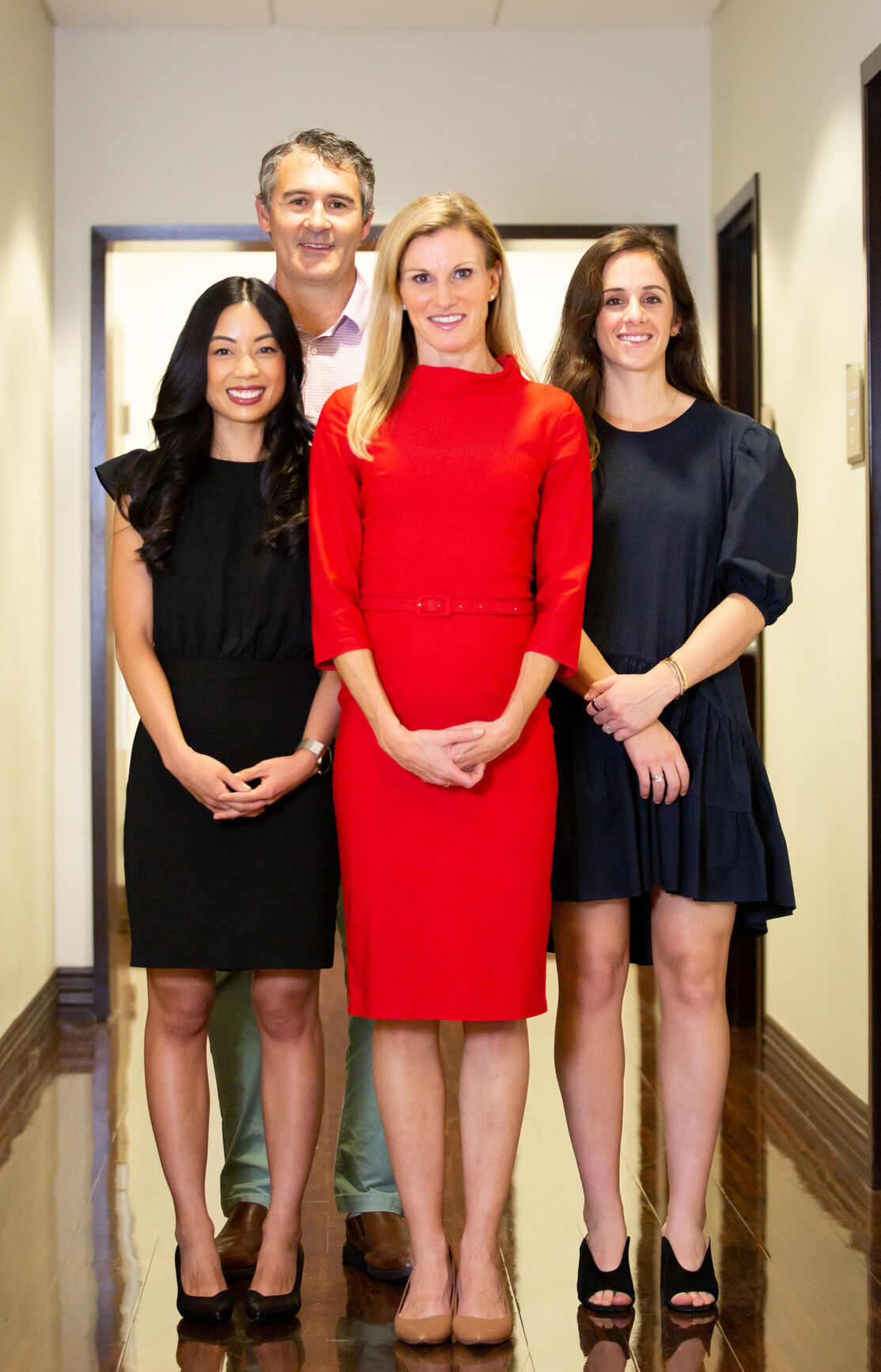
PRP Therapy for Longevity: Skin, Energy & Sexual Wellness
What if your own body held the key to smoother skin, enhanced intimacy, and renewed energy? That is the potential of Platelet-Rich Plasma (PRP)a treatment
Here at Forbes Longevity Center, when we are talking about AAA Screening, we’re talking about an evaluation of your Aorta—you primary artery. This is a precautionary and preventative medical screening. Specifically, what “AAA” stands or, it’s Abdominal Aortic Aneurysm.

An abdominal aortic aneurysm (AAA) is a potentially life-threatening condition characterized by the enlargement and weakening of the aorta, the largest artery in the body, as it passes through the abdomen. If left untreated, the aneurysm can rupture, leading to severe internal bleeding and a high risk of death.
As mentioned, AAA screening is a preventive measure aimed at detecting and diagnosing abdominal aortic aneurysms early, before they pose a significant risk. The screening involves the use of ultrasound imaging to assess the size and condition of the aorta. It is typically recommended for men aged 65 and older, as they have a higher risk of developing AAA. However, screening may also be recommended for women in certain high-risk groups.”
During the screening, one of our technicians applies a gel to the abdomen and uses an ultrasound probe to obtain images of the aorta. The images can reveal if an aneurysm is present, its size, and other relevant information. If an aneurysm is detected, further medical evaluation, interventions, lifestyle changes and management will be recommended.
It is important to note that AAA screening is not universally recommended for everyone, and the decision to undergo screening should be made based on individual risk factors and discussions with healthcare professionals.

AAA screening can help you in several ways:

AAA screening aims to identify abdominal aortic aneurysms at an early stage before they become symptomatic or pose a significant risk. Detecting an aneurysm early allows for timely intervention and management, reducing the chances of complications and potentially life-threatening situations.

Through screening, healthcare professionals can assess an individual's risk of developing an abdominal aortic aneurysm. This is particularly relevant for older men, as they have a higher risk. By identifying those at risk, appropriate monitoring and preventive measures can be implemented.

If an aneurysm is detected during screening, subsequent follow-up screenings can be performed to monitor its growth rate. This helps determine the appropriate course of action, as aneurysm growth can vary from person to person. Regular monitoring allows us and other healthcare providers to intervene at the right time, whether it be through lifestyle changes, medication, or surgical repair.

The main goal of AAA screening is to prevent the rupture of abdominal aortic aneurysms. Rupture can lead to severe internal bleeding and is associated with a high mortality rate. By identifying aneurysms early, individuals can receive appropriate medical intervention to reduce the risk of rupture, which may involve lifestyle modifications, such as smoking cessation, blood pressure management, and cholesterol control. In some cases, surgical repair may be recommended to prevent rupture.

For individuals who undergo AAA screening and receive negative results (no aneurysm detected), it can provide peace of mind and alleviate anxiety about the presence of an undiagnosed aneurysm. This allows them to focus on other aspects of their health and well-being.
Dr. Tarin Forbes, Dr. Elim Fitzgerald and the entire team at Forbes Longevity Center believe that the best doctors are not only teachers and mentors, but are also leaders that are willing to walk the walk to health and not just advise others to do so. Everything we do is geared towards inspiring patients to live a vibrant life and restoring health using a very personalized medical approach.


What if your own body held the key to smoother skin, enhanced intimacy, and renewed energy? That is the potential of Platelet-Rich Plasma (PRP)a treatment

At Forbes Longevity Center, we believe that true health span isn’tjust about how long you At Forbes Longevity Center, we believe that true health span

At the heart of St. Petersburg, Florida, the Forbes Longevity Center is transforming lives through cutting-edge health and wellness practices. Our primary mission is your